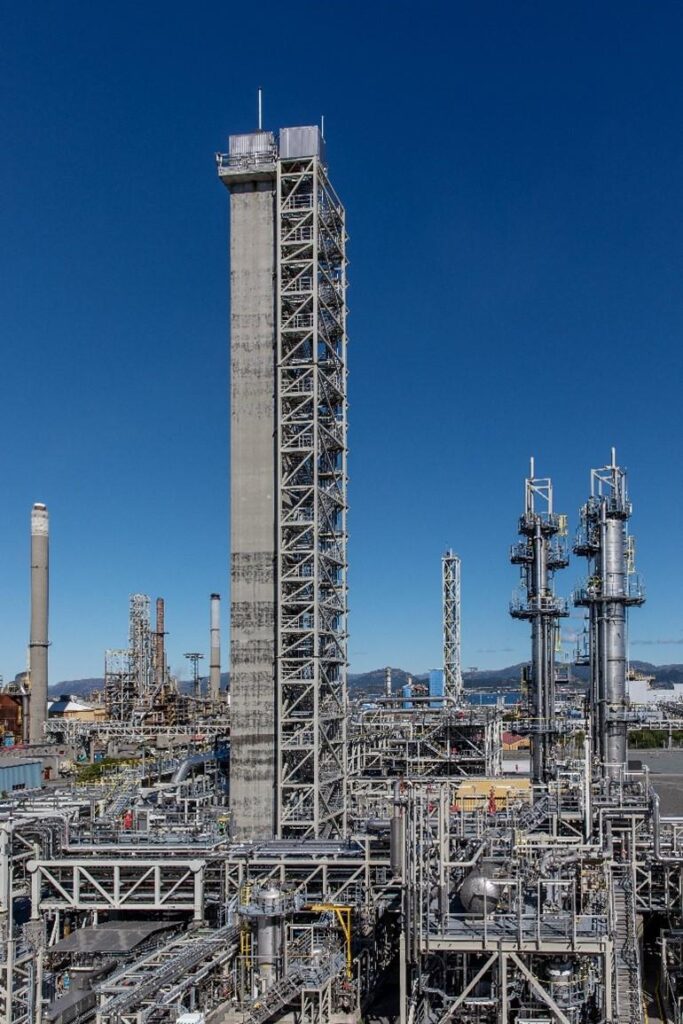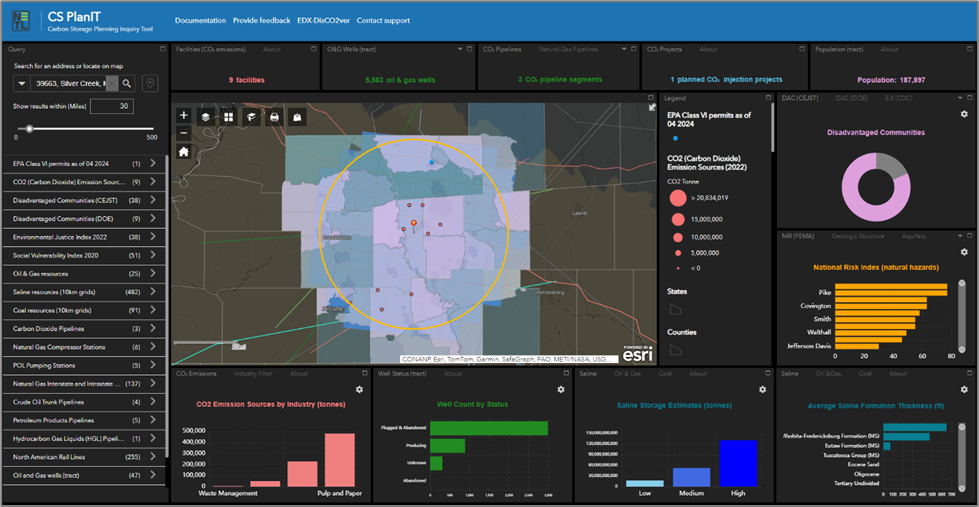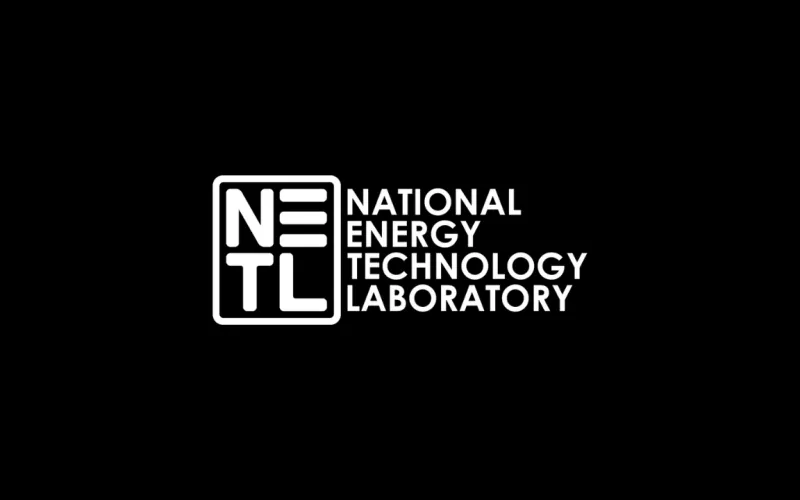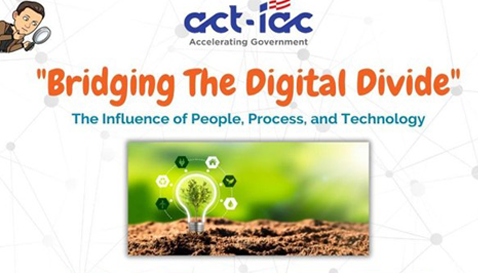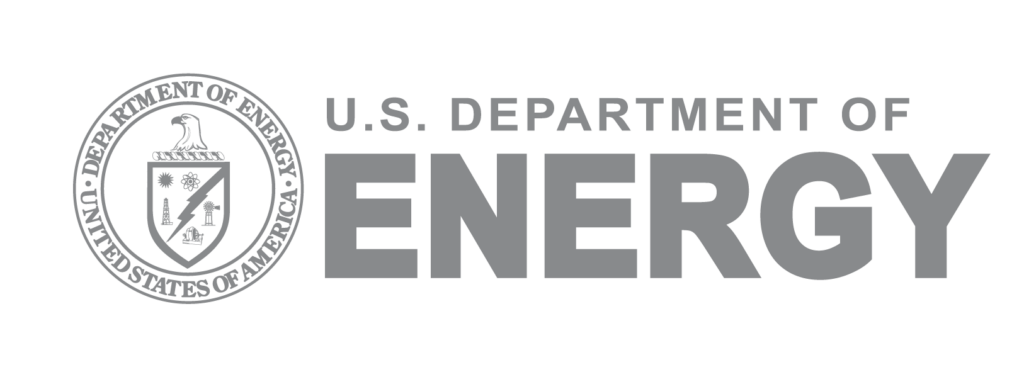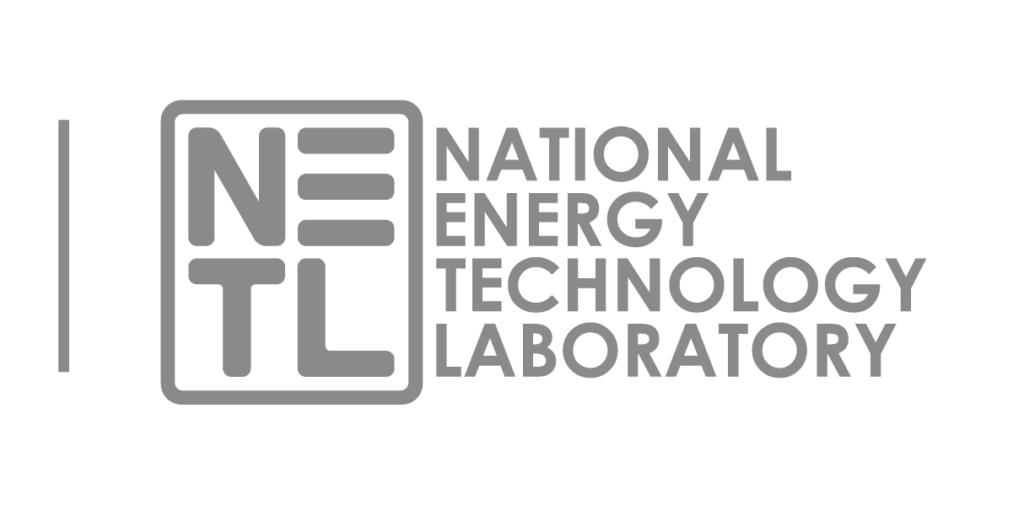NETL’s new CO2-Locate web application, now available on NETL’s EDX®, offers decision makers access to a wide swath of information needed to help create a net-zero carbon emissions power sector.
The application is one of several new, innovative tools developed with funding from the Bipartisan Infrastructure Law.






